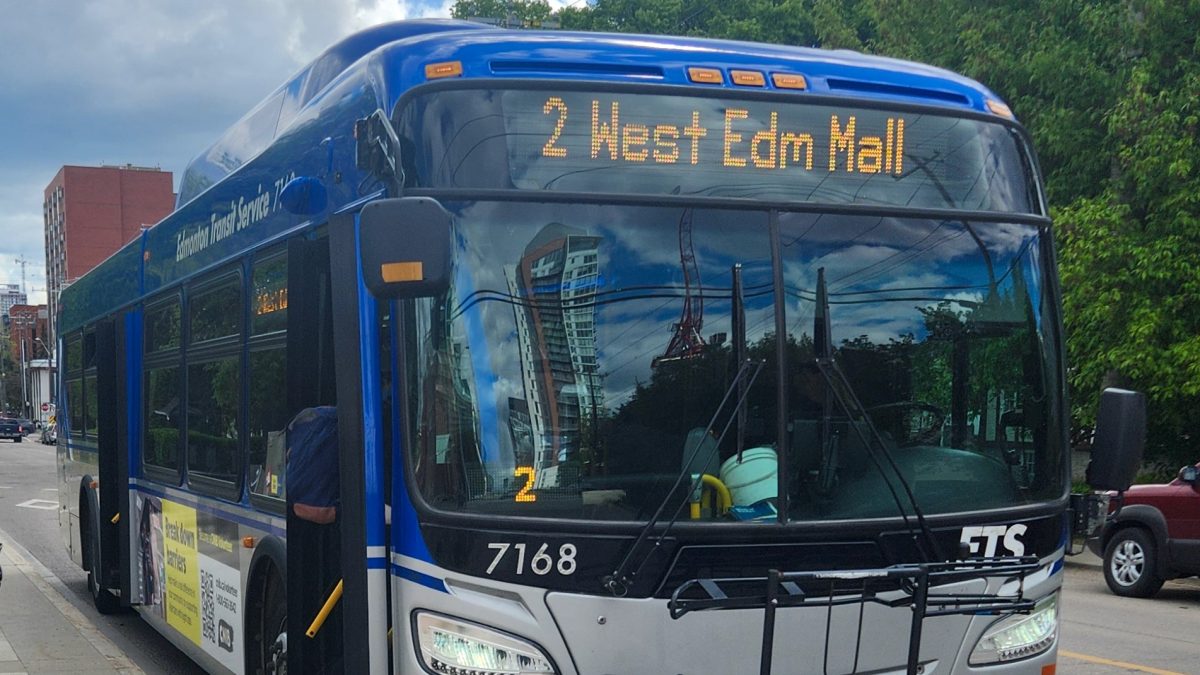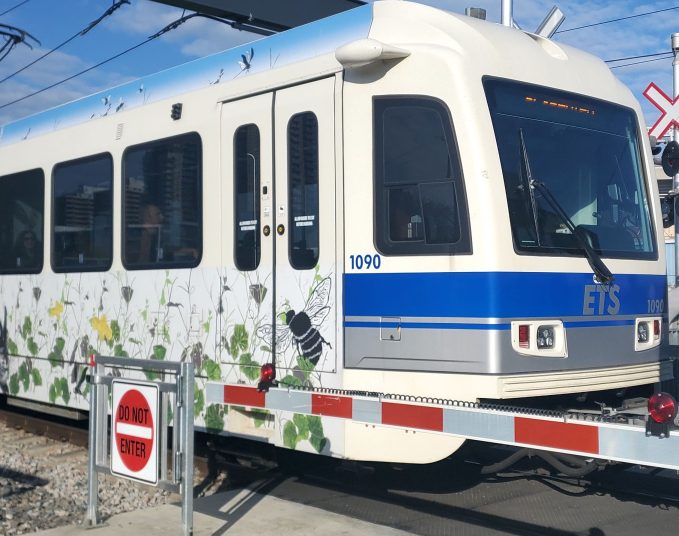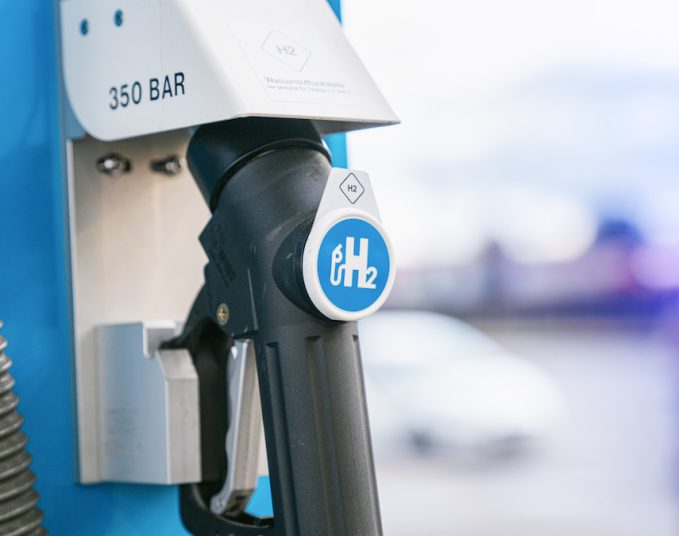Each time Spencer O’Hara rides the LRT, he gets a feeling of excitement in his chest. The University of Alberta graduate student moved to Edmonton five years ago from the village of Duchess, just north of Brooks, where transportation is limited to cars, cabs and however far you can walk.
“I remember as a kid coming to Edmonton to visit my grandparents and the day they took us to ride the LRT was the most exciting day for my brother and I,” O’Hara said. “That novelty still hasn’t worn off.”
Perhaps it’s that romantic view of transit — the type that can only be found by having grown up without it — that led O’Hara to help establish a grassroots organization aimed at improving the system with which he’s already so smitten.
O’Hara is one of five board members with the newly-minted Edmonton Transit Riders (ETR) — a grassroots organization founded this spring to advocate for the average transit user here in the city.
“We believe transit is good. It provides a vital service to the people of this city, but it can be better. It does have its shortcomings. It does have factors that prevent people from wanting to take it,” O’Hara said.
Some of the friction points that ETR is most concerned with addressing are service frequency, comprehensive service coverage and perceptions about safety on buses and light rail.
“We want to create a system that meets people’s needs where they’re at,” he said. “We know a big part of that mission is going to be advocating to the City and Edmonton Transit Service (ETS), but another part of it will be community building.”
While still very much in its infancy — ETR boasts just five members at present and is still in the process of filing for official society status — the organization was created out of an initiative spearheaded by Coun. Michael Janz, a staunch proponent of transit improvement himself.
In March, Janz held a workshop on transit advocacy that included speakers from organizations similar to ETR, like Vancouver’s Movement, which shares a similar mandate.
While not explicitly involved in ETR, Janz did help convene the group and said the establishment of a grassroots advocacy group is something he has wanted to see in the City for a long time.
“If you’re interested in seeing a more walkable city, you’ve got Paths for People. If you’re interested in seeing more biking in Edmonton, you’ve got Bike Edmonton. If you’re interested in more mountain biking you’ve got the Edmonton Mountain Bike Alliance. It goes on and on,” Janz said. “We are a city with so many important advocacy groups and organizations … in other cities there are strap-hanger groups [a colloquial term for transit-rider organizations] yet in Edmonton, we don’t have that.
“The goal is to come together and build a lasting transit rider advocacy community that is grassroots.”
That aspiration is not new. There have been Edmonton transit advocates in the past and there are similar organizations in many Canadian cities, including Winnipeg, Montreal, Vancouver and, the largest, Toronto’s TTC Riders — the latter of which has launched viral campaigns, hosted mayoral debates and lobbied the provincial government in Ontario.
But with just five members and presently no funding, transforming ETR into something of similar stature to TTC Riders can seem a little daunting. However, Vancouver’s Movement has only been around for a little over six months. In that time, it has grown to almost 1,000 members, launched campaigns for the development of bus lanes in parts of Burnaby and raised close to $35,000, according to executive director Denis Agar.
“There’s been a lot of blatant demand. I think we’re tapping into something that people have wanted,” Agar said, adding that by TransLink’s own numbers, there are around a million regular transit users in metro Vancouver. If Movement is able to reach just five per cent of that population, it would be 50,000 strong — something Agar believes is achievable.
Agar believes that same opportunity exists in Edmonton.
“Cities like Edmonton and Vancouver have a tonne of transit riders,” he said. “My advice [for ETR] would be to get big. Numbers are what we need. Find a lot of riders and get them to be loud.”
Savvy AF. Blunt AF. Edmonton AF.




